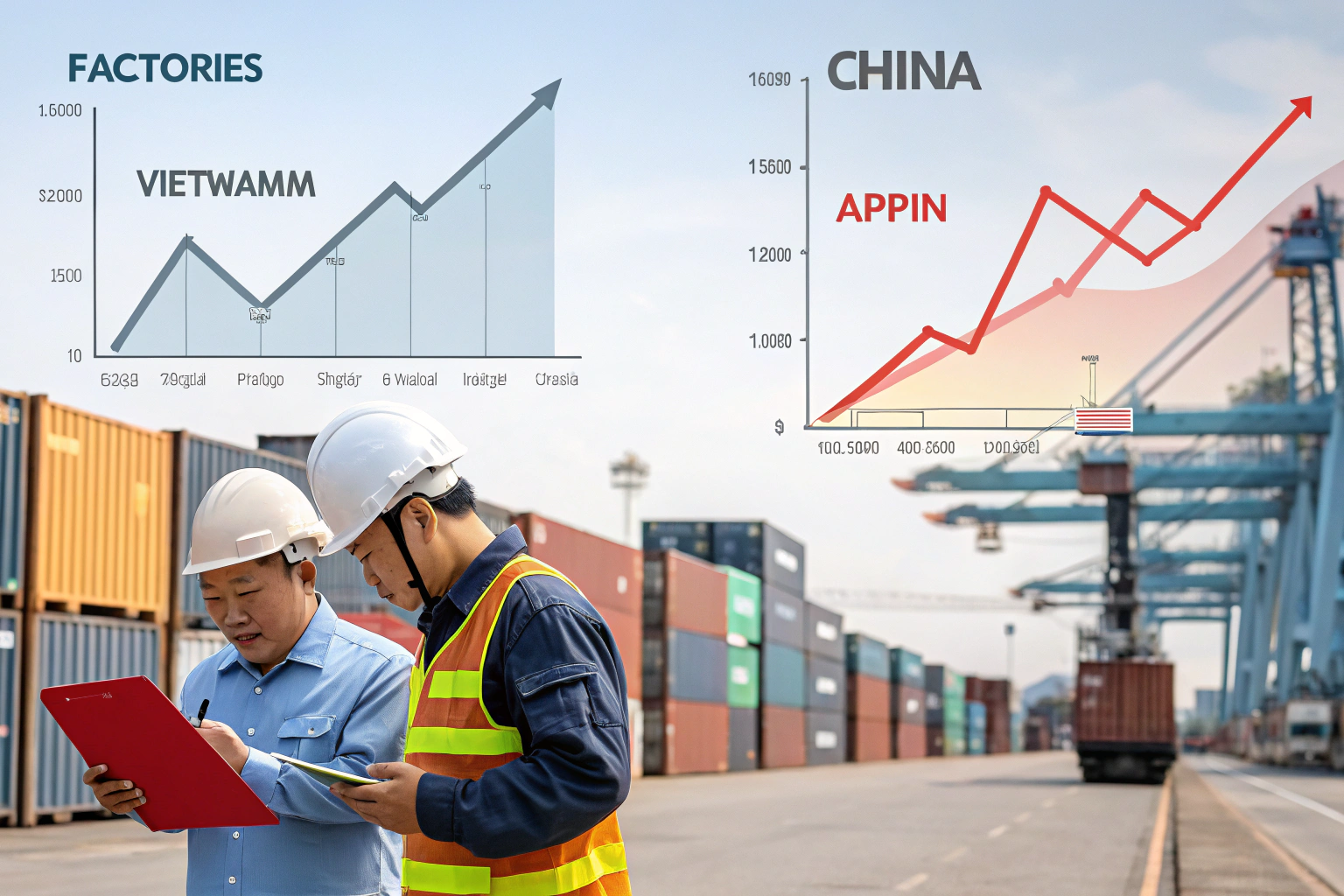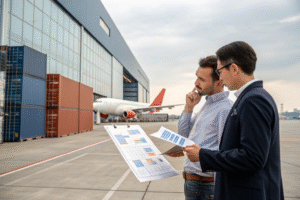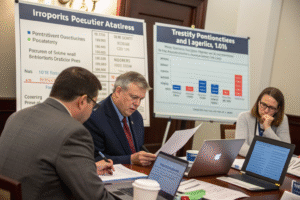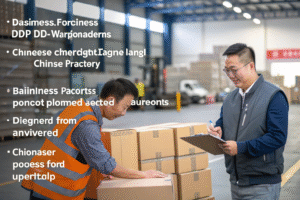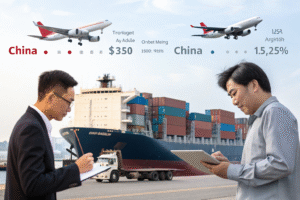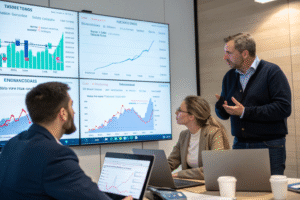Since early 2024, U.S. imports from Vietnam and Indonesia have grown rapidly, and in July 2025, that growth hit 34% year-over-year. Meanwhile, sourcing from China—once the default choice for apparel, accessories, and consumer goods—continues to face rising tariffs, regulatory scrutiny, and political pressure.
Buyers are shifting. And the data suggests that nearshoring—or at least Southeast Asia reshoring—is gaining on China in a real way. So what’s driving this surge? And does it mean your next order should come from Vietnam or Indonesia instead of Guangdong?
Let’s unpack the shift in global sourcing, how freight forwarders support the transition, and what importers should consider next.
What’s Driving the 34% Surge in Vietnam & Indonesia Imports?
Vietnam and Indonesia have become two of the fastest-growing sourcing hubs for U.S. importers. In the first half of 2025, Vietnam saw a 36% rise in garment exports to the U.S., while Indonesia’s electronics and footwear exports jumped by over 31%.
This growth isn’t just about factory capacity—it’s about supply chain resilience, tariff evasion, and diversification. Buyers are acting on risk, not just cost.
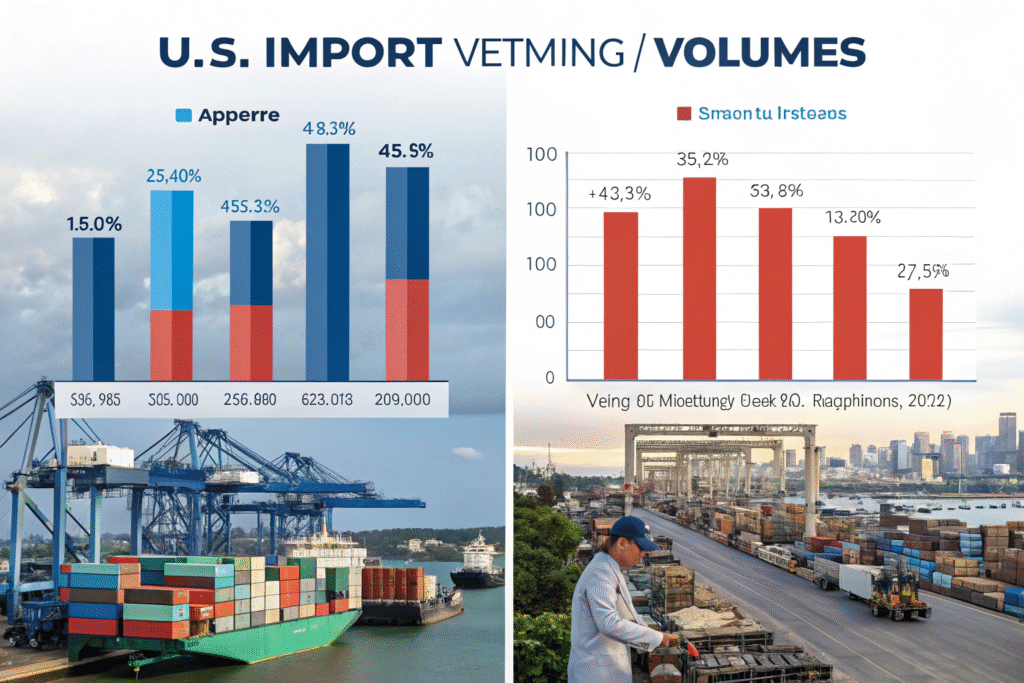
What Are the Main Product Categories Driving This Growth?
| Category | Vietnam (YoY Growth) | Indonesia (YoY Growth) |
|---|---|---|
| Apparel & Textiles | +36% | +27% |
| Furniture & Wood Goods | +41% | +19% |
| Footwear | +29% | +33% |
| Small Electronics | +18% | +31% |
| Travel Accessories | +23% | +26% |
Reports from OTEXA and USITC confirm these trends, especially in fast fashion and promotional products.
Are Brands Actively Shifting from China?
Yes. Our clients at GeeseCargo are reallocating up to 25% of their seasonal purchasing to Vietnam and Indonesia, citing:
- Better duty rates
- Fewer customs holds
- Diversification mandates from U.S. legal/compliance teams
It’s not a full exit from China—but a risk-adjusted rebalancing.
How Are Tariffs Accelerating the Shift from China?
Tariffs on Chinese goods—especially under Section 301—have reshaped global trade. Importers are paying 7.5%–25% duties on thousands of items, including apparel, electronics, and plastics.
Vietnam and Indonesia benefit from Most Favored Nation (MFN) treatment and are not subject to these Section 301 tariffs, making them cheaper at landing.
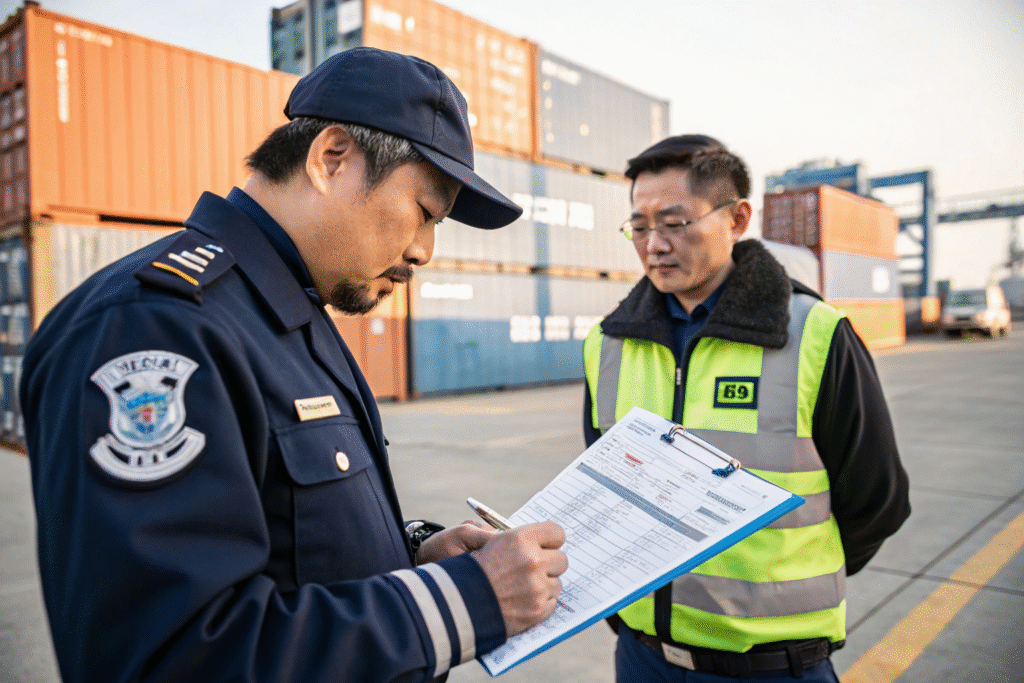
How Much Can You Save by Avoiding China Tariffs?
Let’s look at a $50,000 shipment of cotton apparel:
| Origin | Duty Rate | Tariff Cost | Total Landed Cost |
|---|---|---|---|
| China | 16.5% | $8,250 | $58,250 |
| Vietnam | 0% (under MFN) | $0 | $50,000 |
That’s an instant 14%–20% savings, even before considering lower logistics costs from Southeast Asia bulk consolidation points like Ho Chi Minh and Surabaya.
You can check live HS code tariffs on platforms like SimplyDuty or HTS USITC.
Are Chinese Suppliers Bypassing Tariffs via Transshipment?
U.S. Customs has increased scrutiny of Chinese-origin goods falsely routed through ASEAN countries. In 2025, CBP flagged over 8,000 violations.
At GeeseCargo, we help clients verify true country-of-origin and avoid risky routing. Using bonded manufacturing and proper certificates of origin is key to compliance.
How Do Freight Forwarders Support the Shift to SEA?
Making a shift in sourcing location is more than picking a new factory. It requires understanding port infrastructure, trade agreements, customs routines, and transit planning.
Freight forwarders like GeeseCargo play a vital role in ensuring this transition is smooth, cost-effective, and customs-compliant.
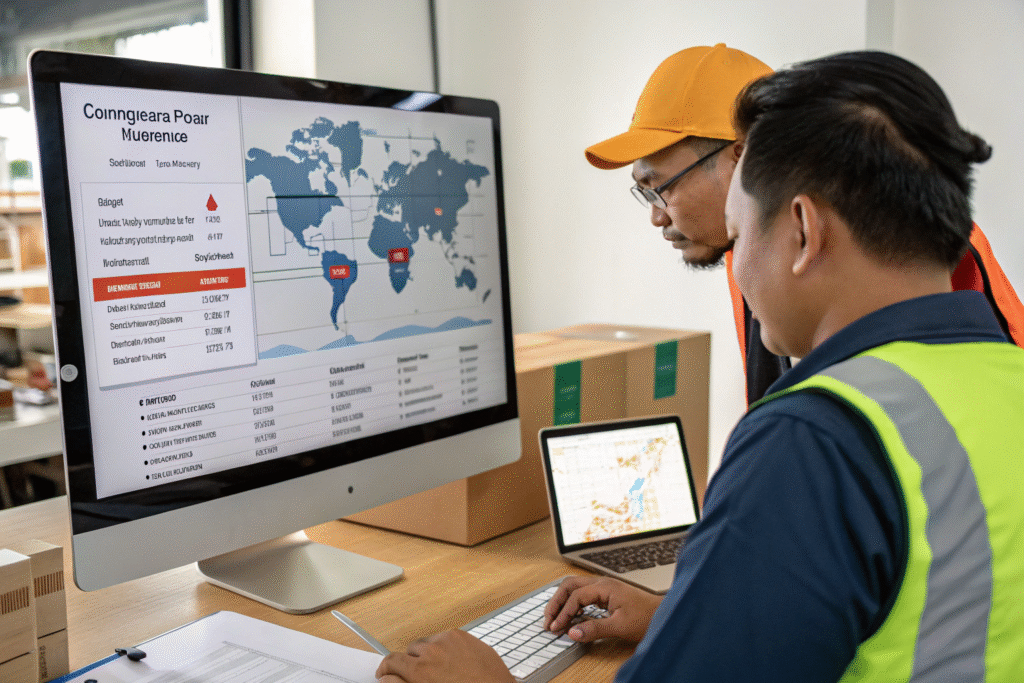
What Are the Strongest Export Ports in Vietnam & Indonesia?
| Country | Major Ports | Notes |
|---|---|---|
| Vietnam | Hai Phong, Da Nang, Ho Chi Minh (Cat Lai) | Direct U.S. services, strong for fashion |
| Indonesia | Jakarta (Tanjung Priok), Surabaya | More consolidation but growing fast |
We work with both FCL and LCL providers in these lanes, using direct or transshipment routes depending on urgency and budget.
Can DDP and Multi-Country Consolidation Work from SEA?
Yes. We offer:
- DDP from Vietnam to U.S. FBA warehouses
- Multi-country consolidation (Vietnam + Indonesia) via Singapore
- Flexible incoterms for clients used to China EXW/DDU
Our internal platform integrates with CargoWise and project44 for real-time tracking and compliance.
What Should Importers Consider Before Switching from China?
While the SEA shift is real, it’s not without trade-offs. China remains dominant in production scale, supply chain density, and delivery speed.
Importers need to weigh price vs reliability, and understand the onboarding costs of new suppliers, QC processes, and shipping cycles.
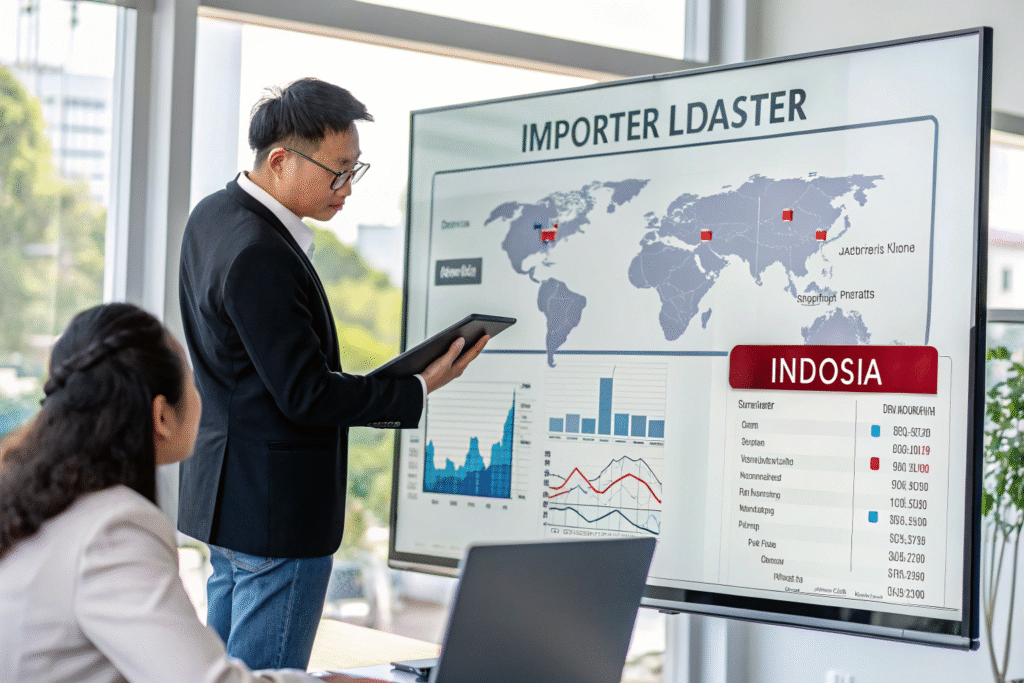
What Are the Challenges When Sourcing from SEA?
- Longer production lead times for first orders
- Less automation in factories compared to China
- Port congestion (especially in peak Q3 in HCM)
- Smaller MOQ limits
To manage this, we help clients test small runs before scaling. Using flexible freight routing helps buffer early-stage risks.
Is “China Plus One” the Best Strategy?
For most brands—yes. Diversifying doesn’t mean abandoning China. It means building resilience:
- China for core volume and speed
- Vietnam/Indonesia for duty savings and tariff risk hedge
This approach is recommended by sourcing experts and platforms like Sourcing Journal and Global Trade Review.
Conclusion
Vietnam and Indonesia’s 34% import surge isn’t an accident—it’s the result of smart buyers avoiding tariffs, diversifying risk, and preparing for long-term compliance.
At GeeseCargo, we help you manage this shift confidently. Whether you’re moving one SKU or an entire production line, our team aligns logistics, customs, and supplier onboarding into one seamless process.
China will remain key. But if you’re not exploring Southeast Asia, you may be missing out on the next phase of global sourcing advantage.
